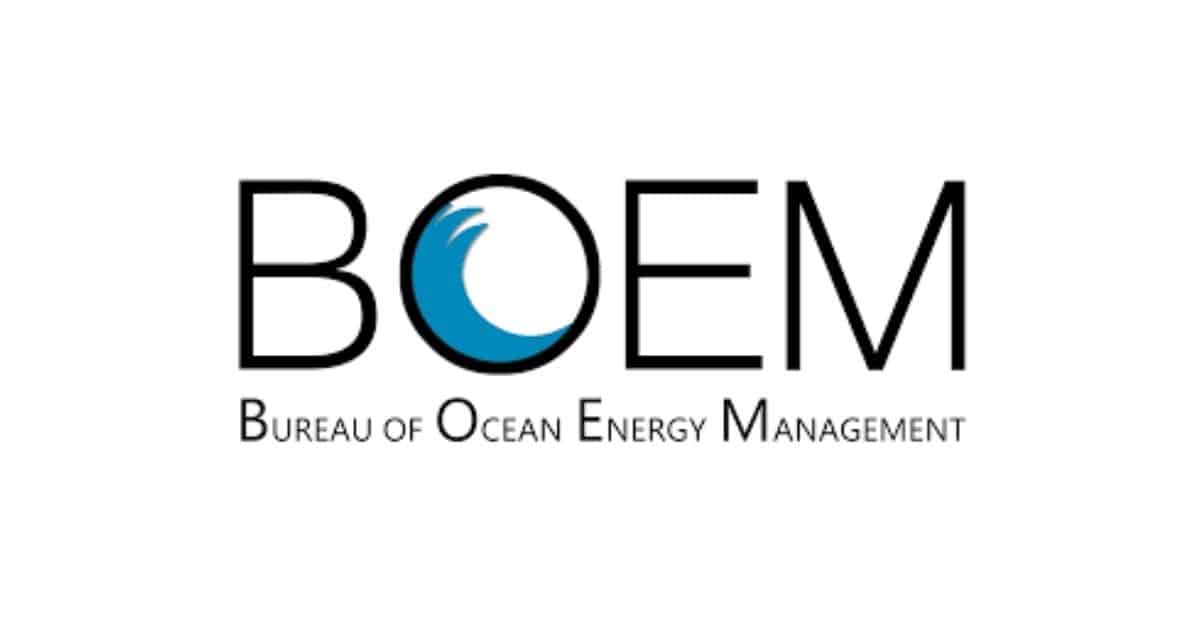Many are naturally occurring while others are anthropogenic (man-made). When these anthropogenic sounds are unwanted, we call them noise. The Bureau of Ocean Energy Management (BOEM) manages energy and mineral resource development on the Outer Continental Shelf subject to environmental safeguards, and noise is high on the list of issues we need to understand and address to protect ocean life.
Scientific research and applications on sound are a long-term priority for the bureau and its stakeholders, including federal partners, the industries BOEM regulates, the research community, environmental NGOs, and the public. They have invested more than $95 million in protected species and acoustics-related research since 1998, and this research and their engagement in environmental reviews have significantly improved scientific understanding of how anthropogenic noise affects marine life.
As part of this continued effort, BOEM is pleased to announce the creation of the Center for Marine Acoustics.
The Center for Marine Acoustics (CMA) is an initiative that will strengthen BOEM’s role as a driving force within the regulatory community on sound in the marine environment. Staffed by highly skilled and knowledgeable acoustics and modeling experts, the CMA will address both naturally occurring sounds and sounds generated by the industrial activities that BOEM regulates, including offshore oil and gas, renewable energy, and marine minerals development. The CMA will augment and focus the bureau’s marine acoustics expertise on cutting-edge research and applications, including studies of sound source impacts and customized underwater acoustic impact models to inform agency decision-making.
“Most important, we expect the CMA to establish BOEM as a trusted voice on marine acoustics. This includes being a trusted source for research to understand the biological impacts of machine-made sound, models for characterizing impacts, and standards for drawing the line between what levels of noise are acceptable and what levels are not. We expect that every person and organization with concerns about ocean noise will come to trust and rely on the CMA for accurate, dependable, transparent, and scientifically rigorous data and information on acoustics,” states Dr Willian Y. Brown, BOEM Chief Environmental Officer.
“Dr. Jill Lewandowski, the CMA Director and Chief of BOEM’s Division of Environmental Assessment, and I are excited to share this new development and we encourage you to learn more about the new CMA and what we have already accomplished. We also welcome your ideas to address the CMA’s data gaps and information needs.”
Please send any comments to BOEMPublicAffairs@boem.gov.
By Dr Willian Y. Brown, BOEM Chief Environmental Officer.
This story has been adapted from BOEM’s Science Note.

